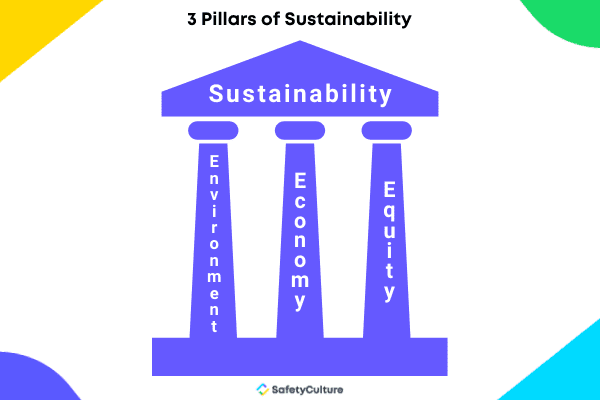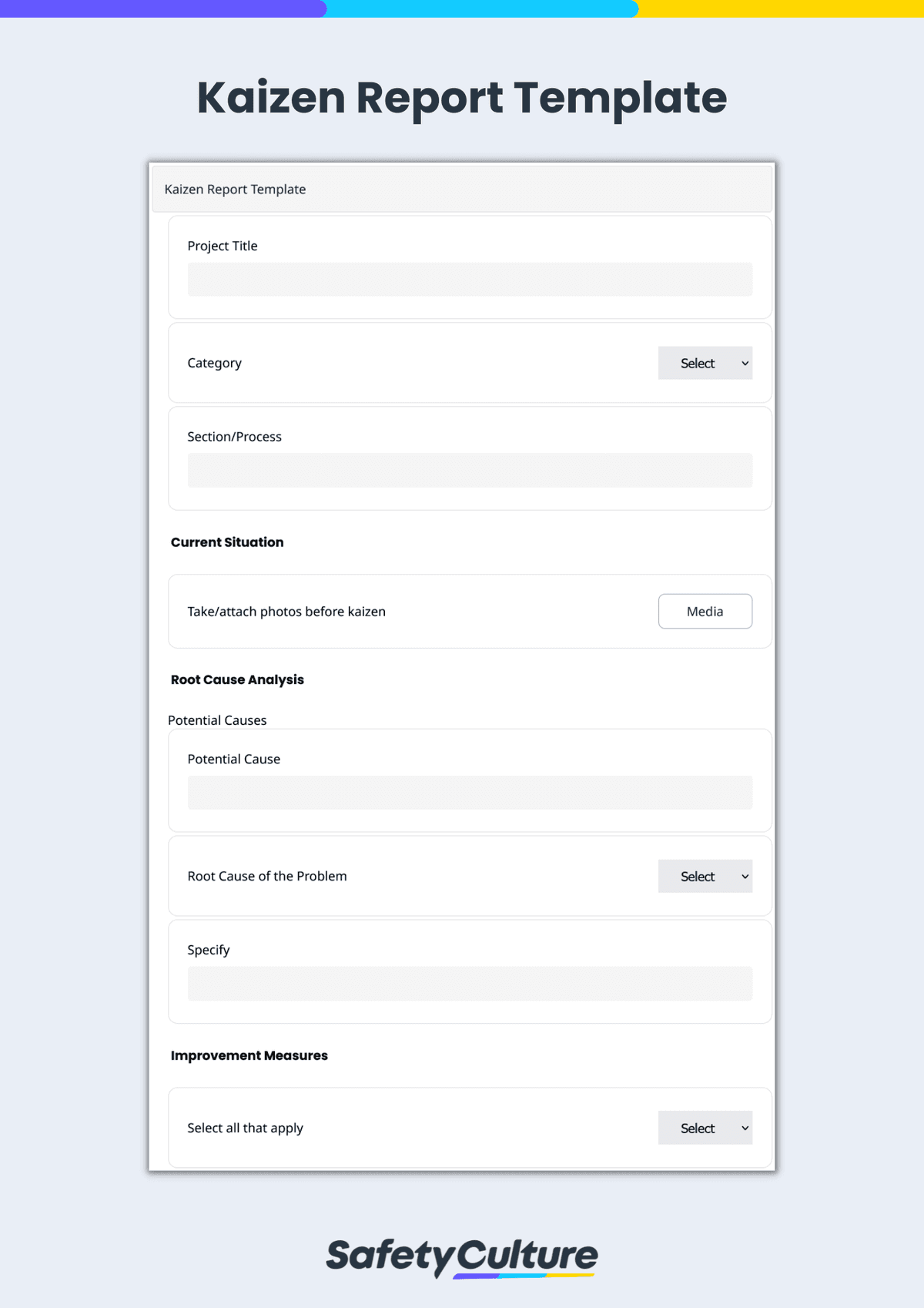Sustainable Change Definition
To have a full grasp of what sustainable change is about, we have to look at the definition of sustainability.
What is Sustainability?
While there is no universally accepted definition of sustainability, there are numerous takes on this concept and its implementation. The term “sustainability” is contextually related to the word “sustainable.” And sustainable is a compound word formed by the words sustain + able.
Sustainable is an adjective that refers to something that is “manageable” and “capable of continuing at a particular level.” Sustainability can be thought of as the way(s) by which something is sustained at a predetermined level. In the closest practical sense, sustainability refers to the “ability to last” or “to be sustained” over time.
The term “sustainability” has come to the forefront as a result of the environmental, economic, and social difficulties confronting societies worldwide. Nowadays, sustainability is typically defined as the processes and behaviors by which humanity avoids exhaustion of natural resources in order to sustain an ecological balance that does not destroy the current and future generation’s quality of life.
3 Pillars of Sustainability
The principles of sustainability serve as the cornerstone upon which this approach is built. They are also commonly known as the 3 E’s of sustainability. To be sustainable, an activity must handle and balance each of these elements:

3 Pillars of sustainability | SafetyCulture
Environment
It is involved with the conservation of natural resources and minimize the effects of human activity on our ecosystems. This pillar is concerned with the protection of natural habitats, the conservation of already scarce resources, the development of eco-friendly products, the provision of safe drinking water and air for all, and the reduction of waste and pollution.
Economy
Economic aspect is essential for sustainability to be a long-term solution. For example, giving tax credits for installing solar panel systems that can be a practical economic reform that promotes sustainability.
Equity
This pillar is about the importance of protecting the health of all communities and educating people about the importance of sustainability. This pillar is dedicated to inspiring and encouraging individuals to take action to improve their health and the environment.
What is Sustainable Change?
In 2009, the Stockholm Resilience Centre released the Planetary Boundaries Framework which identified nine key processes driven by humanity that compromise the Earth’s sustainability.
These planetary boundaries are:
- Climate change
- Biosphere integrity
- Land-system change
- Freshwater use
- Biogeochemical flows (nitrogen and phosphorus),
- Ocean acidification
- Atmospheric aerosol pollution
- Stratospheric ozone depletion
- Release of novel chemicals
According to the World Economic Forum, we’ve already crossed four of these boundaries—climate change, loss of biosphere integrity, land-system change, altered biogeochemical cycles (phosphorus and nitrogen)—and one of the proposed solutions needed to address these complex problems is sustainable change.
What is Sustainable Change, then? This means the shift for a better system of human-environment relationships that stay within those planetary boundaries. It is the approach needed to build a better economical, ecological, and social world that is interlinked and does not harm our planet.
Thus, the term “sustainable change” can be used to describe system shifts in areas such as natural resource extraction, manufacturing operations, linear product consumption, investment direction, citizen lifestyles, consumer purchasing actions, technological innovations, and business and institutional changes.
Sustainable change aims for actions and enterprises to cause less or no harm to the natural world and that ecosystems continue to function and generate the conditions necessary for modern societies’ quality of life to remain intact.
Digitize the way you Work
Empower your team with SafetyCulture to perform checks, train staff, report issues, and automate tasks with our digital platform.
Get Started for FreeSustainable Change Examples
As the world population increases and the effects of climate change grow more alarming each year, the need for sustainable change becomes more urgent. New business practices and approaches for running enterprises in a more sustainable and environmentally-friendly manner are needed for sustainable change. Here are just some examples of sustainable change around the globe:
- Use of solar panels
- Eco-friendly aesthetics (e.g. using louvers in windows)
- Waste-to-energy recycling
- Wind turbines
- Water treatment plants
Contribute to Sustainable Change with SafetyCulture (formerly iAuditor)
The SafetyCulture platform functions as an inspection and auditing software for promoting safety, quality, security, and compliance with industry standards and regulations. As a versatile mobile app, it can help users with the following:
- Easily conduct paperless inspections and submit digital reports in a timely manner
- Automatically save data in the cloud for secure storage
- Watch out for trends using information collected over time and use the same information for conducting employee trainings
- Seamlessly integrate with software you already have in use
- Implement changes and continuous process improvements across the board
SafetyCulture can help your organization operate in accordance with 6S Lean (5S + Safety), Six Sigma (6S), and Good Manufacturing Practices (GMP), among others, in the effort towards sustainable change.
Examples of What SafetyCulture Can Do Across Industries
Sustainability in Fashion
There is a drive for speed, low production costs, and bigger volume in some areas of the fashion industry, contributing to its negative impact on the environment (microplastics from synthetic fibers, hazardous chemicals, and large volumes of textile waste). Thus, if a company produces clothing made of durable fabrics, employs sustainably grown cotton, adheres to circular economy concepts across its value chain, and uses less hazardous chemicals, it can become more environmentally conscious. These actions in the fashion industry can contribute to sustainable change.
Sustainability in Transportation
A report from the International Plant Protection Convention (IPPC) states that 14 percent of all greenhouse gas emissions come from transport and most are largely attributable to passenger cars.
With SafetyCulture, companies can help reduce their carbon footprint by having inspections or audits completed on-site and still be able to collect all needed signatures remotely in real-time.
Here are other examples of what can SafetyCulture do to help in transportation:
- Freight and Shipping Resumption Checklists
- Vehicle Inspections
- Warehouse Inventory Management System
Sustainability in the Food Sector
A business that strives to cultivate its crops without (or with minimal use of) hazardous pesticides, relying instead on organic farming and biomimicry approaches, is undoubtedly less damaging. SafetyCulture can help you with paperless and more efficient food handling or with implementing a Food Safety Management System such as in the use of the HACCP Plan.
Sustainability in the Healthcare Industry
Healthcare services encourage sustainability through a variety of strategies—zero-waste regulations (for solid and medical waste), water conservation, and telemedicine services—that reduce carbon-based energy consumption.
An example of how SafetyCulture can help contribute to sustainable change in the healthcare industry is using Process Safety Management (PSM) or the OSHA process safety management standard which establishes rules for preventing environmentally catastrophic chemical discharges that are poisonous, reactive, flammable, or explosive.
Sustainability in the Workplace: Operations and Management System
Workplaces can also be organized in sustainable ways. For instance, companies betting on new technologies can opt to become paperless or providing conditions and training for employees to recycle are being careful about waste management. Another example is for workplaces to increase efficiency by using digital checklists or audits such as in retail inventory management, quality assurance and quality control.
Here is an example of a Kaizen Report Template that can help monitor and implement continuous improvement efforts in the workplace.
The materials used by businesses, how they are sourced and from where, and whether products are designed with eco-design principles in mind or distribution optimization are also areas with room for improvement when it comes to sustainability.
Companies may also use these helpful management tools for improving business processes and check policies and procedures as guidelines to help shape your company’s culture and employee behavior.




